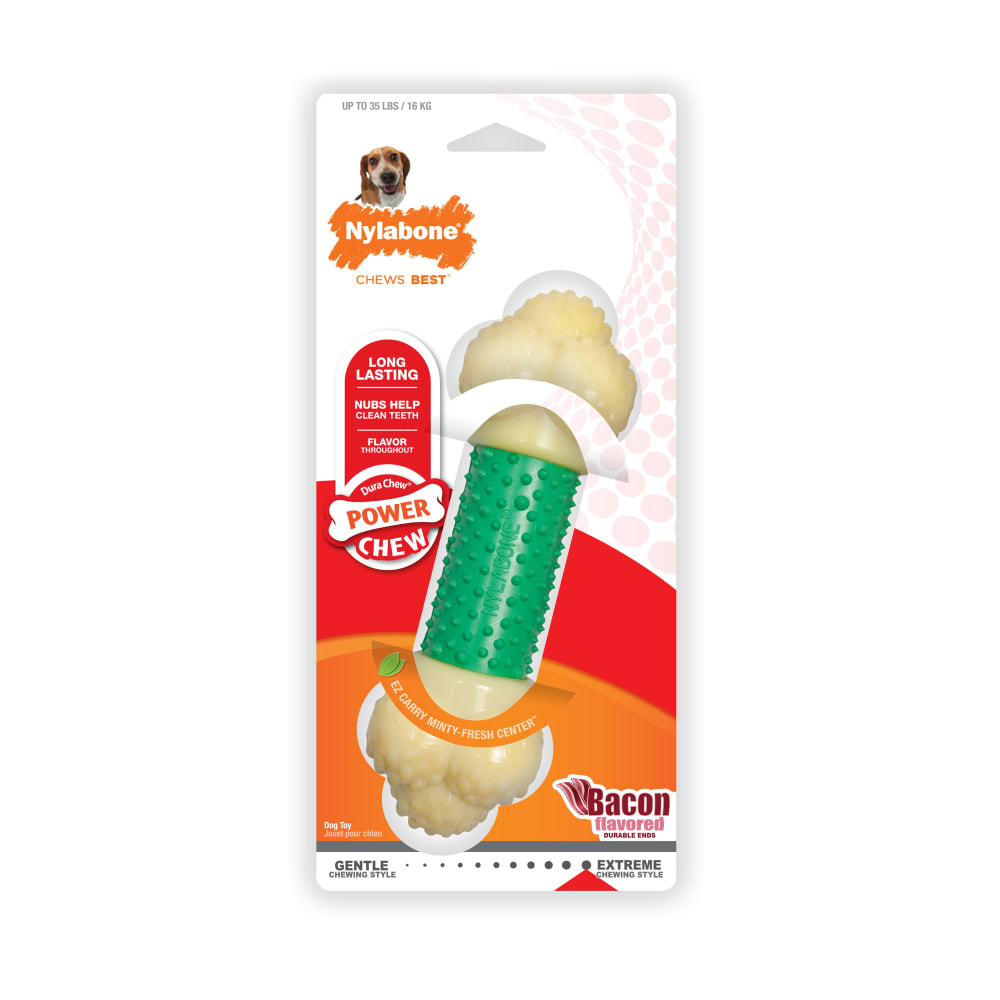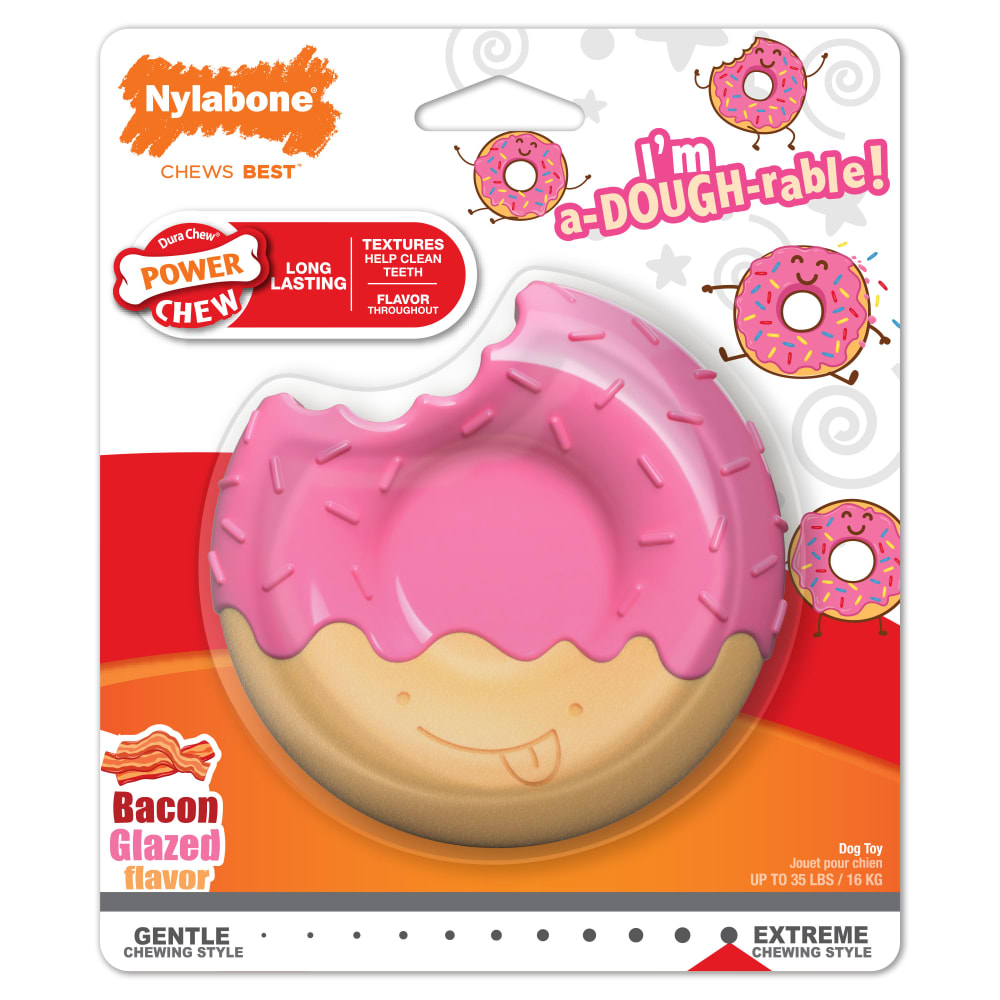How to Calm an Anxious Dog: 5 Soothing Methods
As a pet parent, there's no better feeling than seeing your dog with a wagging tail and plenty of playful energy. While keeping your furry friend happy is always your priority, it's helpful to know the types of situations that may prevent your dog from acting or feeling like their usual self. From the occasional car ride or grooming salon visit to separation anxiety and outside noises like fireworks or sirens, there is a range of factors that may lead your best friend to feel anxious.
Signs A Dog May Feel Anxious
Dogs can exhibit anxiety in a variety of ways. While some behavior may be considered normal for your pet—such as whimpering during a thunderstorm—don't dismiss it; you may find a method that helps soothe your dog in this stressful situation! Common signs of dog anxiety include:
- Excessive barking, howling, whining or staring at you
- Potty accidents
- Avoiding food at normal eating times
- Excessive panting, pacing, yawning, or shivering
- Restlessness
- Hiding or cowering
- Excessive licking or chewing their skin
- Rigid posture, including tucking their tail between their legs
- Destructive behavior or aggression
- Digging or escaping from enclosures
So, what can you do to ease your furry friend's nerves? We compiled a list of useful tips on how to calm an anxious dog and help them return to their normal self. However, if you are concerned or suspect your dog is constantly stressed, we recommend contacting your veterinarian.
Tip #1: Exercise Your Pet
Exercise is a form of physical and mental stimulation that can aid in calming your dog. Throwing a ball for a round of fetch or chase may take your furry friend's mind off the cause of their anxiety.
Other outdoor activities for your dog, such as a walk around the block or simply spending some time in the sun, could have similar positive effects. If you know your dog will soon be facing a stressor, such as an upcoming visit to the veterinarian, you can also use exercise to tire your dog beforehand, likely easing their stress.
Tip #2: Provide Chew Toys

Chewing is dogs' natural coping mechanism for relieving feelings of stress and anxiety. Whether your furry friend is adjusting to their new home or hearing the neighbor's noisy construction project all day, dog chew toys are a healthy outlet for keeping your best friend busy. If you're looking for something especially engaging, chew toys that can be filled with treats or spreadable snacks such as peanut butter help to extend your dog's chewing time.
Tip #3: Maintain a Calm Environment
Another tip for calming an anxious dog is to keep a safe and secure environment in which your dog feels comfortable. If you have a reactive dog who dislikes excessive stimuli, be mindful of frequent loud noises and interruptions that may disturb them over time.
As you and your household remain cool, calm, and collected, your dog is likely to follow suit. Playing relaxing music or even white noise from a television can help to further soothe your dog.
Tip #4: Introduce Calming Supplements

If you're looking for some added help when it comes to relaxing your furry friend, supplements are a great option. Calming supplements are designed to gently pacify dogs in stressful situations. Often available in flavored chewable forms, there are many varieties of calming aids for dogs, which could include ingredients such as Chamomile, Ginger Root Extract, and Melatonin that work together to keep your dog feeling more relaxed.
Tip #5: Utilize Comforting Accessories
When considering how to calm an anxious dog, you can try accessories that apply gentle pressure to mimic a comforting hug or swaddling sensation. Specially made dog shirts, jackets, and blankets may help in providing dogs the support they crave in a stressful situation or environment.
There are many methods for calming an anxious dog, and with these methods in mind, you can offer a lending paw when it's needed most!
FOLLOW US!






